Beyond Zero, that is, beyond zero emissions. Toyota’s new RV concept already suggests in its name that it wants to be more than a simple electric car: the company intends the car to be the first step in a long process that brings benefits to society, the individual and the environment beyond emission-free transport – this by this is to be understood the common concept in Asia that the car is not only a means of transport but also a meeting place for friends and family members.
–
The bZ will also be the collective name for Toyota’s new electric models: seven of these will be launched by 2025, along with eight more battery-powered electric models that Toyota is expected to convert from its existing models. The bZ model family will also be completely carbon neutral, meaning that they will not be harmful to the environment during their production, distribution and disposal.
In addition to the fifteen (or even more) purely electric models mentioned above, there will also be fifty-five hybrid models in Toyota’s global offering by 2025. Then, four years from now, it is planned that 70 percent of the brand’s European sales will be hybrid, 10 percent plug-in hybrid, and another 10 percent pure-electric (battery or fuel cell) models.
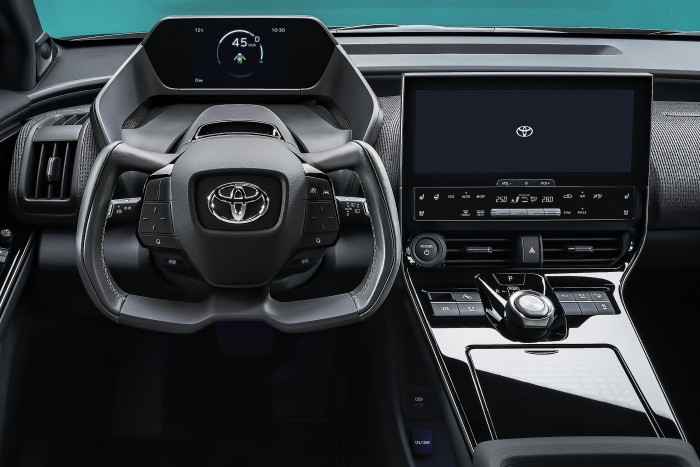
The study car, developed jointly with Subaru, will become a mass-produced model by the middle of 2022; by then, the type is likely to be given a more digestible name. Formally, however, the designers won’t have much work to do with it: although the angular bodywork is Lexus rather than Toyota’s own, the RAV4 has already shown that the group’s mass-market sector also has room for corner shapes.
Being designed to be an electric car in the first place, the Toyota bZ4X didn’t get a grille at all, although they weren’t radically detached from conventions when the nose was designed. The company doesn’t waste any more words on the design, though it could do that: at the front, not only the extension of the wheel arch, but the entire drum plate was given a contrasting design. At the rear, it was as if the tail lights had been patched to the side wall, repeating the line of the bumper and pulling the tail design together in a concentrated point.
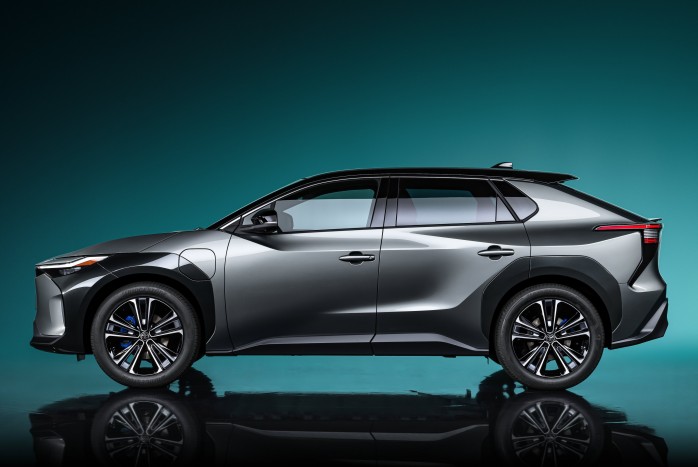
The whole car gives the impression of being fully standard, to which the traditional exterior mirrors also contribute. Overall, the interior can also be upgraded to a series-produced model, including a special steering wheel, which, with its space-saving design, allows for an excellent view of the instruments. Since it moves an entirely electronic steering gear, the fact that we can’t shift gears on it is no problem either. We don’t yet know how they’re going to fight the mechanically disengaged steering gear on the governing bodies, but that should be Toyota’s concern.
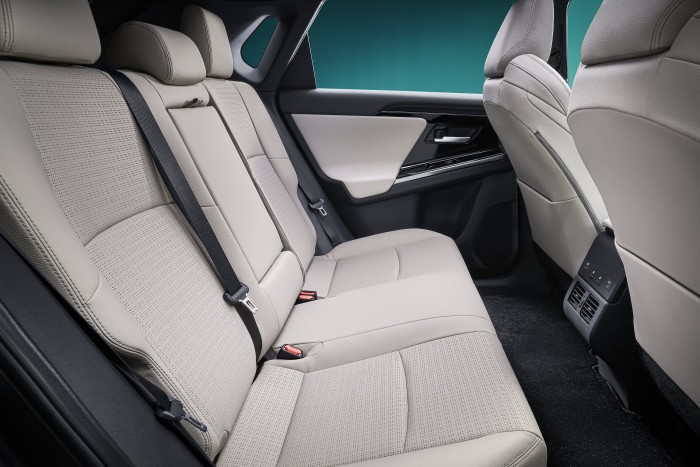
In any case, if the steering wheel is really retained, it can also come with a multi-layered driver information interface, which complements the single round instrument with a particularly sporty effect, with indicators on the steering column and a particularly wide head-up display. The floor is completely flat, so there is plenty of legroom at the back and plenty of storage space on the floor console at the front.
The point, of course, is the electric drive, which Toyota doesn’t say a word about, apart from the fact that the battery gets an additional charge from a solar panel and that there is an electric motor on each axle.
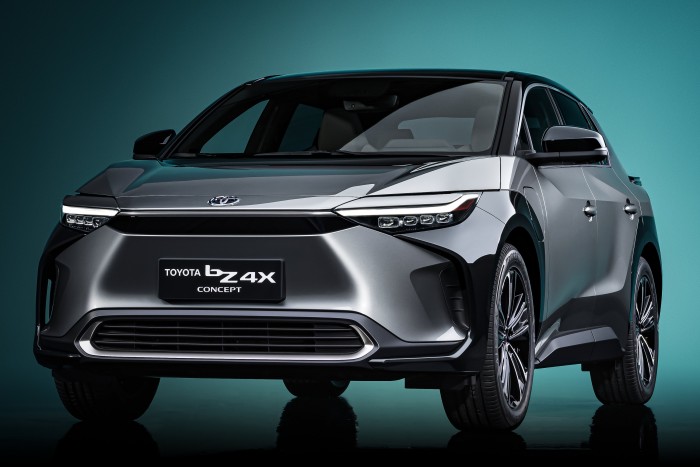
To watch Toyota’s new electric car on video, click here!
– .
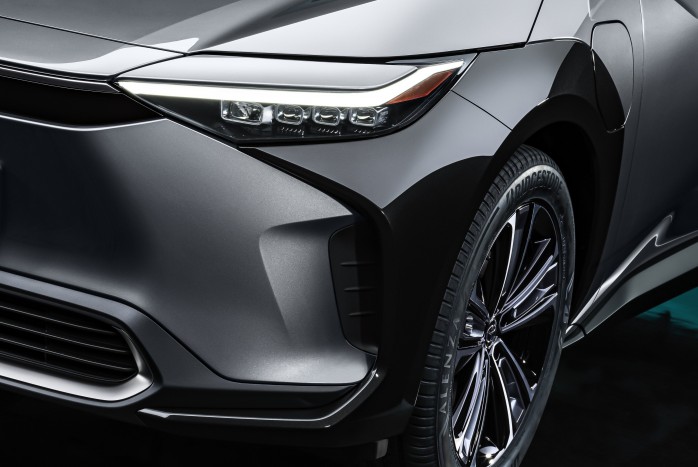

:quality(80)/cdn-kiosk-api.telegraaf.nl/1895d918-a050-11eb-b92c-02d2fb1aa1d7.jpg)